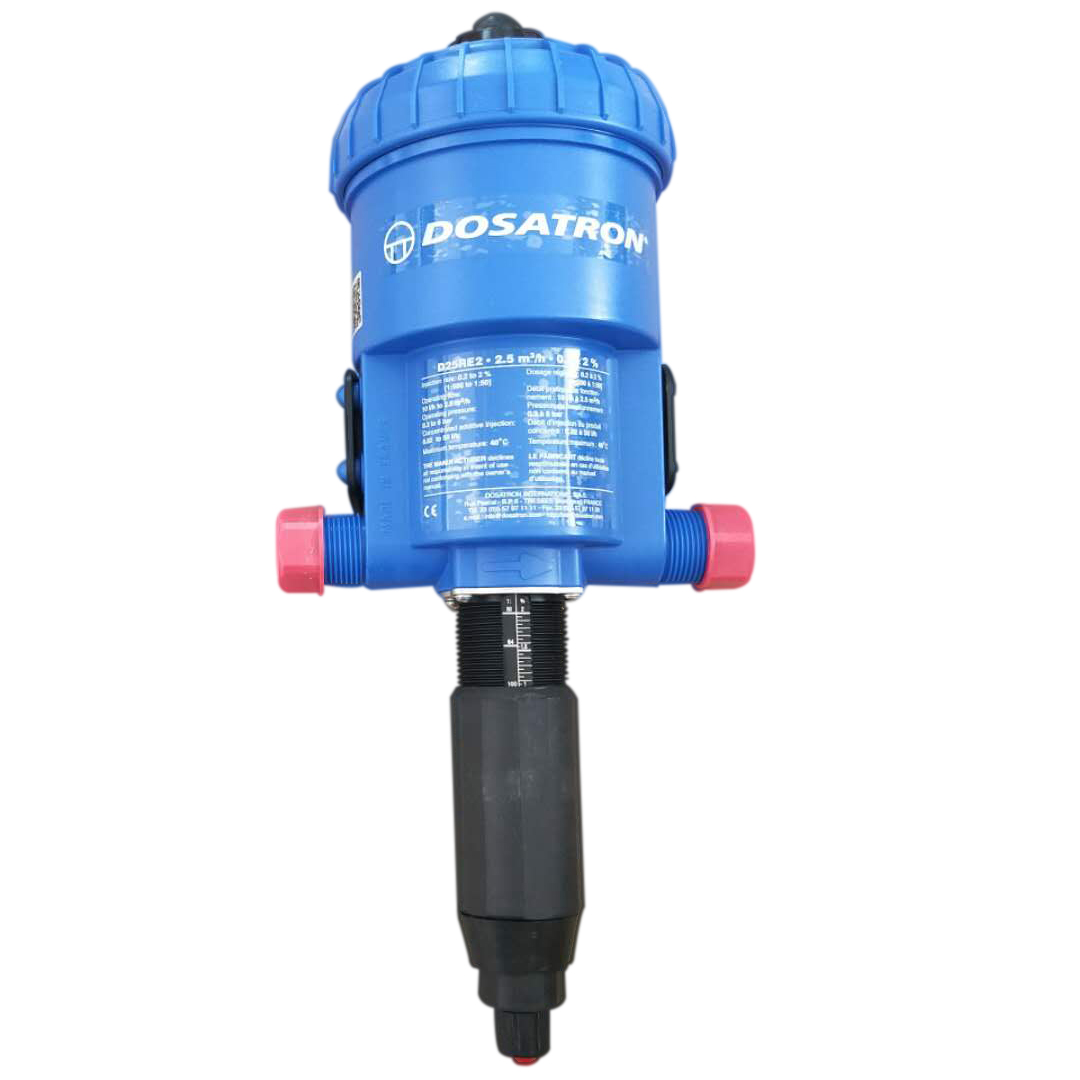frp fans
Sep . 26, 2024 04:21 Back to list
frp fans
Understanding FRP Fans The Future of Efficient Ventilation
In recent years, the demand for efficient, lightweight, and durable ventilation solutions has led to the increasing popularity of Fiber Reinforced Plastic (FRP) fans. These innovative devices are finding applications in various industries due to their remarkable characteristics, which combine functionality with longevity. In this article, we'll explore what FRP fans are, their benefits, and their applications in modern industries.
What are FRP Fans?
FRP fans are ventilation devices made from fiber-reinforced plastics, a composite material that incorporates fibers, such as glass or carbon, into a plastic matrix. This combination results in a product that is not only lightweight but also has an impressive strength-to-weight ratio. The manufacturing process for FRP involves molding the composite material into various shapes, allowing for the design of fans that can meet specific operational requirements effectively.
Advantages of FRP Fans
1. Corrosion Resistance One of the most significant advantages of FRP fans is their resistance to corrosion. Unlike traditional metal fans, which can rust or degrade in harsh environments, FRP fans can withstand exposure to chemicals, moisture, and other corrosive elements. This makes them ideal for industries such as chemical processing, wastewater treatment, and food production.
2. Lightweight Design The lightweight nature of FRP materials allows for easier handling and installation of fans. This characteristic is particularly beneficial in large-scale industrial applications where heavy machinery must be installed without extensive structural modifications.
3. High Efficiency FRP fans can be engineered for high aerodynamic efficiency, leading to improved airflow performance. Their design allows for a consistent and powerful airflow, making them suitable for various ventilation needs, from residential to industrial applications.
4. Fire Resistance Many FRP materials are impregnated with fire-retardant compounds, enhancing their safety in environments where fire hazards are a concern. This feature is crucial for facilities that require strict adherence to fire safety regulations.
frp fans

5. Customizability Manufacturers can produce FRP fans in various configurations and sizes, allowing businesses to tailor solutions to their specific ventilation needs. Custom fans can optimize airflow patterns and energy efficiency based on the unique requirements of each installation.
Applications of FRP Fans
FRP fans are versatile and find applications across several industries. Some key sectors include
- Chemical Processing Employed for exhaust systems and ventilation, FRP fans help manage the release of volatile compounds and maintain air quality in processing plants.
- Wastewater Treatment In wastewater facilities, FRP fans are essential for aerating tanks and ensuring efficient odor control, contributing to cleaner and safer operations.
- Food Production The food industry often requires materials that meet stringent hygiene standards. FRP fans can be easily cleaned and maintained, making them suitable for food processing and packaging environments.
- HVAC Systems Increasingly, FRP fans are being integrated into Heating, Ventilation, and Air Conditioning (HVAC) systems due to their efficient performance and ability to operate seamlessly within existing ductwork.
Conclusion
As industries continue to evolve towards more sustainable and efficient practices, the role of FRP fans is becoming more prominent. Their unique properties make them an excellent choice for a wide array of applications, providing solutions that not only meet performance needs but also enhance safety and durability. As technology progresses, the potential for FRP fans in future applications seems limitless, paving the way for a new standard in ventilation solutions.
-
Automatic Feeding Line System-Pan Feeder Nipple Drinker|Anping County Yize Metal Products Co., Ltd.
NewsJul.29,2025
-
Hot Sale 24 & 18 Door Rabbit Cages - Premium Breeding Solutions
NewsJul.25,2025
-
Automatic Feeding Line System Pan Feeder Nipple Drinker - Anping County Yize Metal Products Co., Ltd.
NewsJul.21,2025
-
Automatic Feeding Line System Pan Feeder Nipple Drinker - Anping County Yize Metal Products Co., Ltd.
NewsJul.21,2025
-
Automatic Feeding Line System - Anping Yize | Precision & Nipple
NewsJul.21,2025
-
Automatic Feeding Line System - Anping Yize | Precision & Nipple
NewsJul.21,2025






